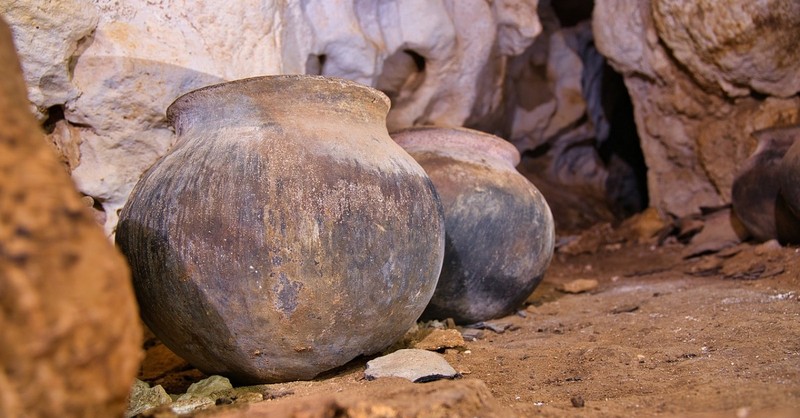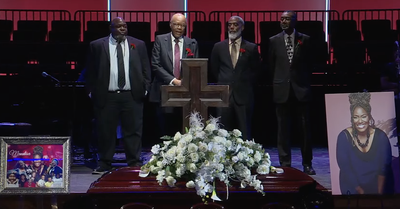Israeli Archaeologists Unearth Building Linked to Figure in 2 Kings
- Michael Foust CrosswalkHeadlines Contributor
- Updated Apr 18, 2024

Archaeologists in Jerusalem have unearthed a 2,600-year-old ancient building that dates to the time of biblical Judah and includes an inscription that experts say is likely that of an individual referenced in the biblical book of 2 Kings.
The excavation, discussed in the spring 2024 edition of Biblical Archaeology Review, uncovered a two-story building that was “finely decorated” and, apparently, was used by a high-ranking government official.
Archaeologists digging at the site discovered a clay seal, a “bulla,” with an ancient Hebrew inscription reading: “To Nethanmelek, the servant of the king.” In the Old Testament, 2 Kings 23:11 references “the chamber of Nathan-Melech, the officer who was in the court.” The Nathan-Melech of 2 Kings was a servant of Josiah, one of the so-called “good kings” of Judah. Joshua led the nation to repentance after the people worshiped idols.
“This is likely the same person named on the bulla,” authors Yuval Gadot and Yiftah Shalev wrote in Biblical Archaeology Review. Gadot is a professor at Tel-Aviv University, while Shalev works with the Israel Antiquities Authority.
Archaeologists surmise the building was one of the “chambers” referenced in the Old Testament, such as in Jeremiah 35:2-5. They labeled the site “Building 100.”
“Such [chambers] appear to have functioned not only as residences, but also as formal state institutions, where ceremonies and social gatherings (often involving drinking) were held and administrative decisions were handed down,” the authors wrote.
They added: “And although it is tempting to view Building 100 as Nethanmelek’s chamber, all we can say is that this magnificent structure -- or at least its well-adorned second floor -- was likely the chamber of someone like Nethanmelek who was a servant, minister, or priest of the Kingdom of Judah.”
The excavation also uncovered evidence of animal sacrifices as referenced in the Old Testament.
“In one area, we identified a predominance of right front limb bones, parts that are associated with sacrificial offerings in the Bible (Leviticus 7:32). It is possible, therefore, that these bones indicate specific portions of meat that were received from the Temple priests following sacrificial rites.”
The building contained ivory plaques, finely decorated stone, and pottery that showed evidence of containing “vanilla-spiced wine and in some cases olive oil.”
“The use of vanilla indicates that Jerusalem was connected to broader global trading networks by the end of the Iron Age, because vanilla grows naturally in the tropics of India and Africa and must have been imported into the Levant through long-distance trade,” the archaeologists wrote.
The building would have been used prior to the Babylonians’ destruction and burning of Judah in 586 B.C., they asserted. Archaeologists at the site found evidence of a fire.
“In addition to being a public building, it was a magnificent residence and reception hall -- a biblical ‘chamber’ -- where a senior royal official carried out the routine business, administration, and ceremonial obligations of the kingdom,” the archaeologists wrote. “Now its archaeology has opened a window onto the daily life of Jerusalem’s ruling elite at the end of the First Temple period.”
Ken Ham, the founder and CEO of Answers in Genesis, said the archaeological dig was significant.
“The more we study history, the more we see that it corroborates the biblical accounts!” Ham said on his blog. “Over the years, numerous archaeological finds have confirmed the Bible’s history.”
Image credit: Ronald Plett from Pixabay
Michael Foust has covered the intersection of faith and news for 20 years. His stories have appeared in Baptist Press, Christianity Today, The Christian Post, the Leaf-Chronicle, the Toronto Star and the Knoxville News-Sentinel.




















